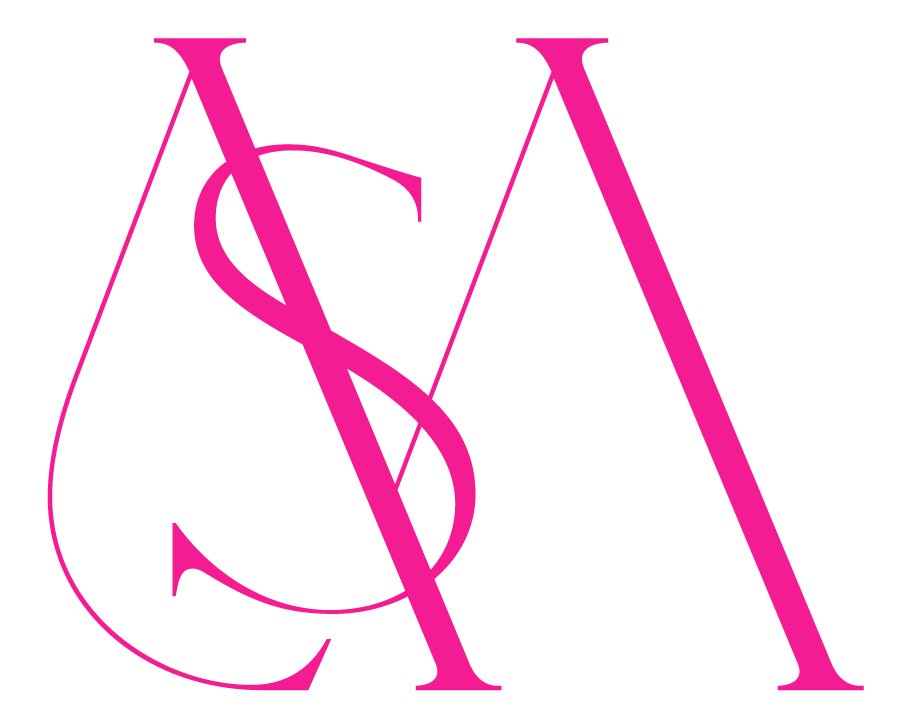Developers call it S.F.’s ‘newest neighborhood.’ Does it live up to the hype?
San Francisco Chronicle By John King
Whenever developers proclaim that they’re creating a neighborhood, it’s a fair bet the rhetoric will include doses of hubris and hype.
Remember this when you visit the first phase of Mission Rock, with its four big buildings and one big park hugging the rim of China Basin across from Oracle Park. Now complete, it’s hardly the “shared dream of what neighborhood can mean” touted by co-developers Tishman Speyer and the San Francisco Giants on their website for “the city’s newest waterfront neighborhood.”
But that’s OK. If the initial batch of streets and buildings feels a bit stiff, like everyone is trying too hard, they also reflect a genuinely ambitious effort to connect with people viscerally — making big moves in terms of architecture and public space while using small features and nooks to try to create an intensely local sense of place.
A test lab for market-driven 21st century urbanism, as it were. And one where there’s a lot to like.
The new Verde building at the Mission Rock project in San Francisco is covered by green terra-cotta tiles that come in a variety of shades and provide a richly satisfying visual texture.
The aspirations are on full view at Verde, the last of the four large buildings to open. Residents have started moving into the 23-story, 255-unit apartment building tucked a short block off Third Street, poised between the rest of Mission Rock and the Giants’ parking lot that will be redeveloped in the project’s next two phases.
The design is by Studio Gang, based in Chicago but with a San Francisco office, and it runs counter to old-school skyscrapers: rising with a slight shuffle as it swells out and pulls back in six-story cycles, each floor slightly different than the one above and below. Some nudge out just enough to allow long, slivered balconies for the units behind them. All are covered by green terra-cotta tiles that come in a variety of shades and provide a richly satisfying visual texture.
Verde, a new residential tower in San Francisco’s Mission Rock mega-project, was designed by Studio Gang and features an unusual form clad in green terra cotta tiles.
“Using tile opened up possibilities for detailed work within the facade — stepping in and stepping out, shifting patterns along the way,” said Jeanne Gang, whose work ranges from the 101-story Vista tower in Chicago to the remade California College of the Arts, which opens later this month, west of Mission Bay. She particularly likes the terraces and balconies that ripple down the corners, how they “peel back and allow people to inhabit the edges.”
The approach, though unusual, is part of a larger effort to set Mission Rock apart from other large-scale urban projects. One that doesn’t resemble an architectural petting zoo, each building on its own.
The Giants were awarded the 80-acre site in 2010 by the Port of San Francisco and spent several years mapping the overall plan and winning voter approval for a handful of taller buildings up to 240 feet. The team also brought in as co-developer Tishman Speyer, which is based in New York but has erected a number of towers in San Francisco.
First phase of Mission Rock
Gang designed Mira for Tishman, and her firm was hired at Mission Rock not only to do a building, but also to lead three other international firms in crafting the mega-project’s first phase.
An entire floor of Tishman-owned One Bush St. was assigned to the effort. Multiday sessions with tours and speakers were attended by designers from the different firms: Studio Gang, Workac, MVRDV and Henning Larsen. Only after a set of overall district-wide goals was spelled out were the sites assigned, one per firm.
“When you have a lot of creative minds in the room, they play off each other,” said Matt Biss, a managing director in Tishman Speyer’s local office. “They all felt equal at the table.”
The first among equals, so to speak, was Studio Gang — which deployed two teams of designers to Mission Rock, one on the larger plan and one on what became Verde.
“We were the spirit guide and the hand on the rudder, making sure the ship stayed on course,” said Gia Biagi, who leads urban design efforts at Studio Gang. “Great architecture is toggling back and forth between 30,000 square feet and the design of the doorknobs.”
How does this play out in real life?
People walk their dogs at China Basin Park in the Mission Rock project across from Oracle Park on China Basin. Along shared roads where the four buildings meet, there are some elements intended to catch attention of passersby, such as a lending library and seating nooks carved into buildings.
For starters, the architects persuaded the developers to change the boundaries of the first phase: One parcel facing China Basin was swapped for the site where Verde now stands. This allowed a cluster of buildings along a street leading north into what now is China Basin Park, the first piece of Mission Rock to open.
“It was important to have Mission Rock to feel like ‘a place’ from Day 1,” Biss said this month.
This also allowed architects to approach the buildings and spaces as interlocking parts. That’s why one of the five goals is “Make podiums into ‘mesas’ that enliven their surroundings.”
That abstract aspiration becomes clear on Dr. Maya Angelou Lane, where the first four buildings meet. Verde shuffles down step-by-step; the striking red Canyon residential tower by MVRDV ascends with an energetic snap. The Visa headquarters, a thick white block when seen from Oracle Park, reveals itself up-close to be draped in landscaped tiers.
The Canyon Apartments building is reflected in the Visa headquarters. Each is part of the Mission Rock project.
Though each is distinct, they all treat the street as a gathering space — not an afterthought to the towers above.
There’s another design goal at work, to sprinkle surprises into the ground-level mix.
This is most obvious along shop-lined Angelou Lane, where three “street rooms” add an interactive public art component. One, a gazebo-like space by San Francisco’s Min Design, is enclosed by a vined metal lattice structure that visitors can lounge in, or lean against and watch the scene, complete with a standing height “coffee rail.”
On Toni Stone Crossing, which runs east to west, the twists are what Gang calls “micro-activations” — from the lending library along the sidewalk at Canyon to Verde’s water bottle filling station, to curvaceous wooden seating nooks layered into the Visa HQ. The fourth structure, an eight-story block by Workac that can be rented out as offices or lab space, offers a storefront-size peek at the metal piping of the water treatment system shared by all of Mission Rock, which cleans already used water so that it can be used for non-potable uses, such as keeping the vast lawn of China Basin Park lush and green.
A sitting area on Dr. Maya Angelou Lane in San Francisco provides a vantage point for the neighborhood.
At this stage — especially with the retail spaces just starting to fill in, though the Ike’s sandwich shop on Third Street already does steady business — there’s a whiff of make-believe to the grand ambitions. The Bay Area already has its full share of new towers and infill blocks that come wrapped in lively rhetoric but turn out to be drab.









